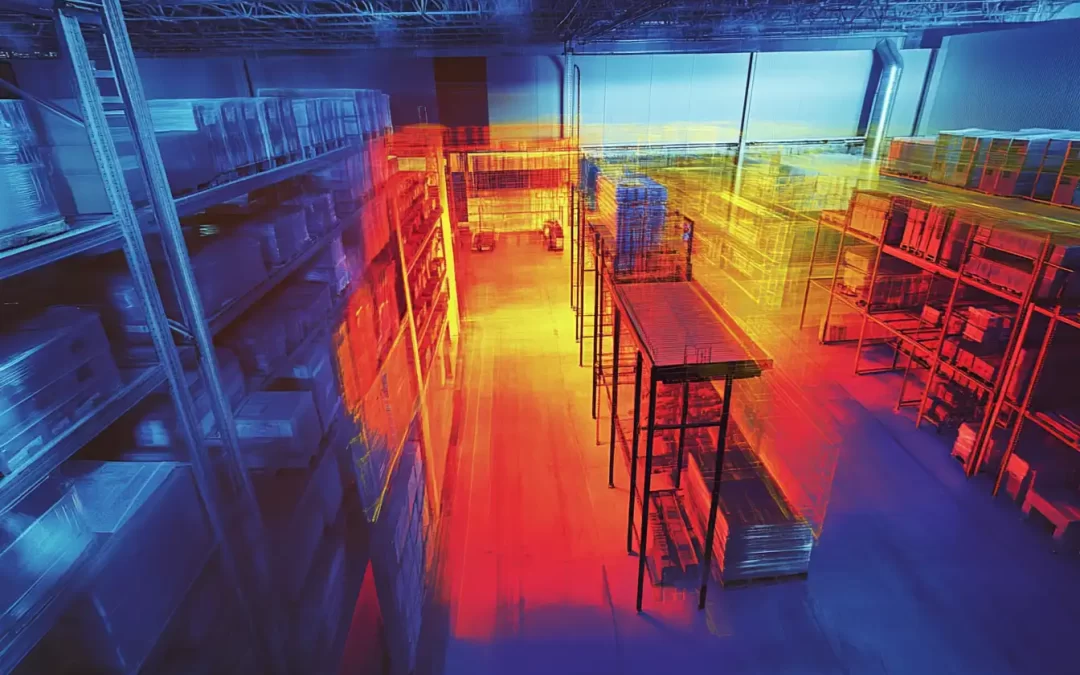How HVAC Failure Can Jeopardize OSHA Compliance in Commercial Facilities
When facility managers think about OSHA compliance, HVAC systems often aren’t top of mind—but they should be. Heating, ventilation, and air conditioning systems play a direct role in workplace safety and comfort. A failure in your HVAC system can lead to poor air quality, unsafe temperatures, or mechanical hazards—all of which can trigger violations under OSHA’s General Duty Clause and specific safety standards.
Understanding how HVAC system failure can jeopardize OSHA compliance is critical to protecting both your facility and your workforce. Here’s what you need to know—and how Choice Mechanical Services can help you avoid serious consequences.
Need emergency HVAC support to stay compliant? We provide 24/7 commercial HVAC emergency services across Indianapolis and Central Indiana.
1. Indoor Air Quality and Respiratory Protection
OSHA requires employers to ensure safe indoor air quality—especially in environments where dust, chemicals, or fumes are present. HVAC systems are responsible for controlling airborne contaminants, humidity, and fresh air circulation. A failure in ventilation can violate standards like 29 CFR 1910.1000 (Air Contaminants) and 1910.134 (Respiratory Protection).
- Stagnant air and poor filtration allow harmful particles and CO2 to build up
- Improper humidity control may encourage mold and bacterial growth
- Failure to ventilate fumes, vapors, or heat can lead to serious health risks
To avoid air quality violations, preventative maintenance is essential. Our commercial maintenance plans are designed to keep ventilation systems running reliably. Schedule a system assessment if your building has recurring air quality concerns.
2. Temperature Control and Heat Stress Violations
OSHA doesn’t mandate exact indoor temperatures but does enforce safe working conditions through the General Duty Clause (Section 5(a)(1)). During HVAC failure, heat stress or cold exposure can become very real hazards.
- Overheating can cause fatigue, dehydration, and heat stroke
- Lack of winter heating may create unsafe conditions for workers and equipment
- Temperature-sensitive processes or equipment may fail, adding risk
This is especially dangerous in warehouse, distribution, and manufacturing environments. If your facility has experienced system outages, this article on warehouse HVAC downtime is a must-read. Need fast help? Our team is available 24/7 to restore comfort and compliance.
3. Mechanical Failures That Create Physical Hazards
Failing HVAC systems can pose more than environmental dangers—they can become mechanical threats. OSHA’s standards on machine safety, electrical hazards, and fire prevention may all be violated if systems aren’t maintained properly.
- Loose belts, failing fans, or exposed components can injure staff
- Electrical shorts or overloads can lead to fire risk or LOTO (Lockout/Tagout) violations
- Combustion system failure may cause CO exposure or explosions
Keeping your HVAC systems in safe operating condition is critical to OSHA compliance. Learn more about the financial risk of skipping HVAC maintenance. Suspect a mechanical risk in your facility? Contact us for immediate service.
4. OSHA Reporting and Compliance Exposure
If HVAC failure causes illness or injury—or creates an unsafe working condition—you may be required to file a report with OSHA. Unaddressed HVAC issues can also invite inspections, citations, or even public penalties.
- Heat-related illness or exposure to poor IAQ must be recorded on OSHA Form 300
- Unplanned downtime may affect insurance premiums and lease compliance
- Fines and violations can be publicly posted, harming your reputation
The key to avoiding these risks? A proactive emergency plan and a trusted partner that can respond immediately when something goes wrong. Here’s why every facility needs 24/7 HVAC coverage. Let’s put an emergency HVAC plan in place for your team.
Frequently Asked Questions
Can HVAC issues really trigger OSHA violations?
Yes. Poor ventilation, unsafe temperatures, or mechanical hazards can all lead to violations under OSHA’s General Duty Clause or specific standards on air contaminants, respiratory protection, and electrical safety.
What are common HVAC-related compliance risks?
Heat stress, CO exposure, mold growth, poor air exchange, fire hazards, and LOTO violations during repairs are among the most common threats.
What documentation should I keep to show compliance?
Maintain maintenance logs, service reports, emergency repair documentation, and safety audits. Choice Mechanical provides detailed service records for every visit.
Does Choice Mechanical provide OSHA-compliant HVAC service?
Yes. Our team understands the standards that apply to commercial and industrial facilities. We offer preventative maintenance, 24/7 emergency service, and complete documentation to support compliance.
Conclusion: Stay Safe, Stay Compliant
HVAC failure is more than an inconvenience—it can be a regulatory risk. From poor air quality to heat exposure and mechanical hazards, the consequences can be serious and far-reaching. With Choice Mechanical Services as your emergency HVAC partner, you’re covered 24/7 with expert service that helps you stay safe, productive, and OSHA-compliant.
Contact us today to build a custom response plan and protect your commercial facility from unexpected downtime and compliance risk.




